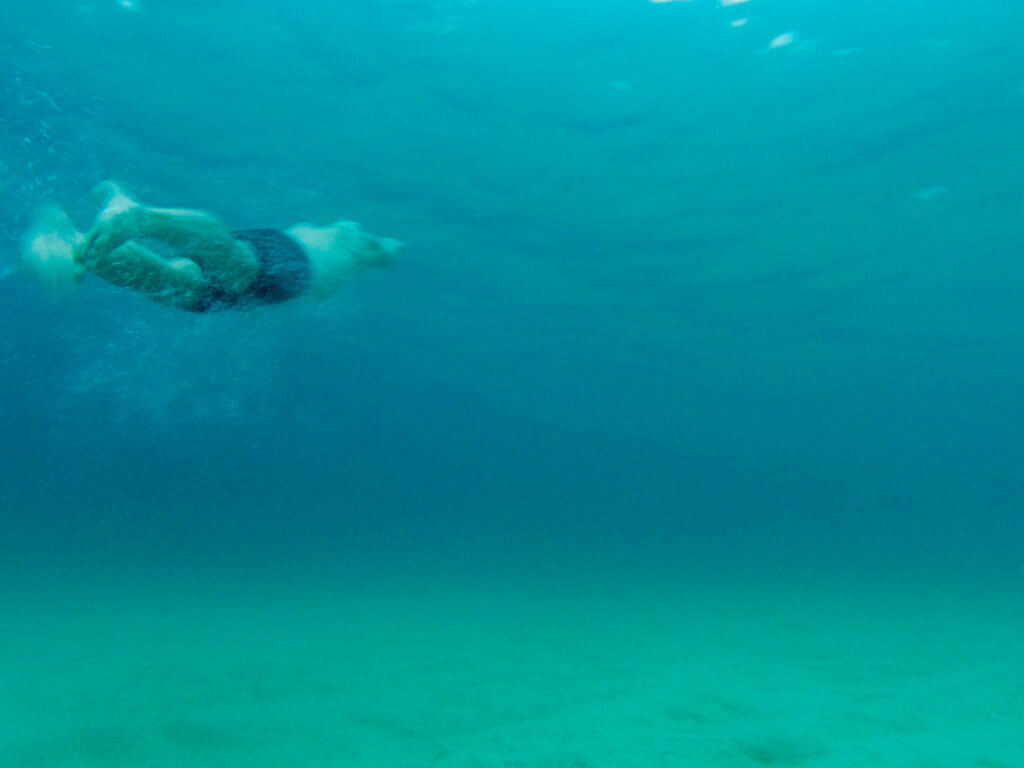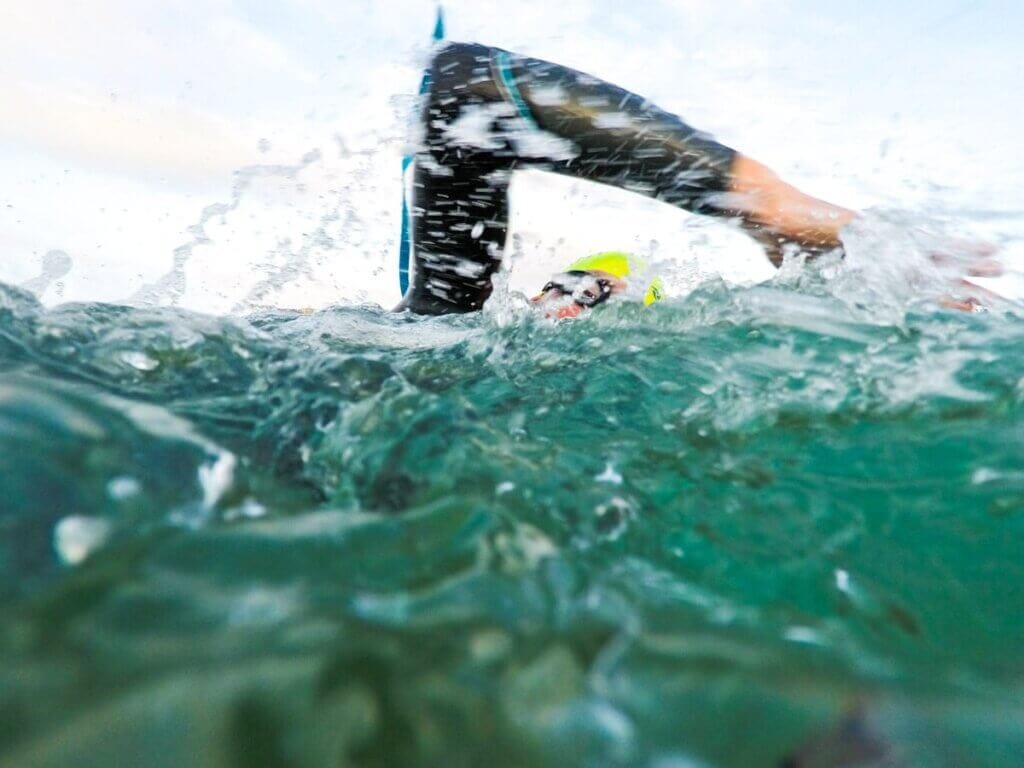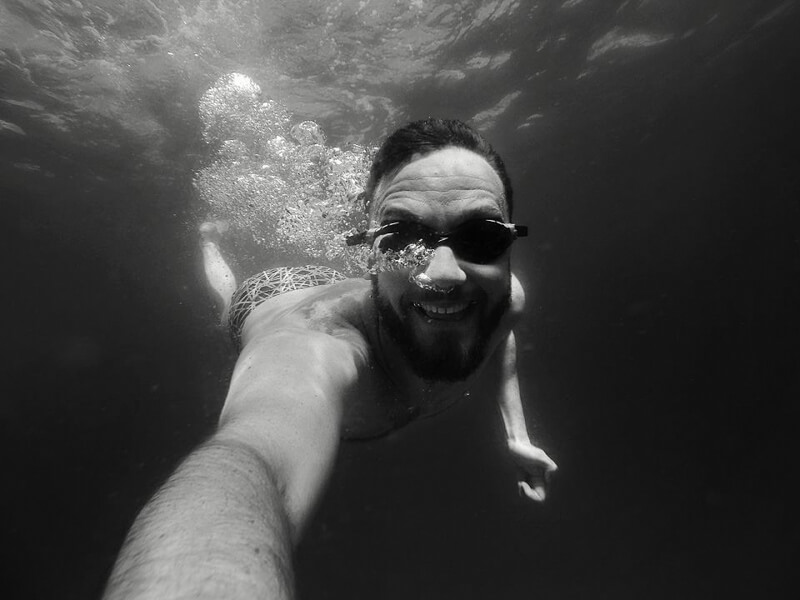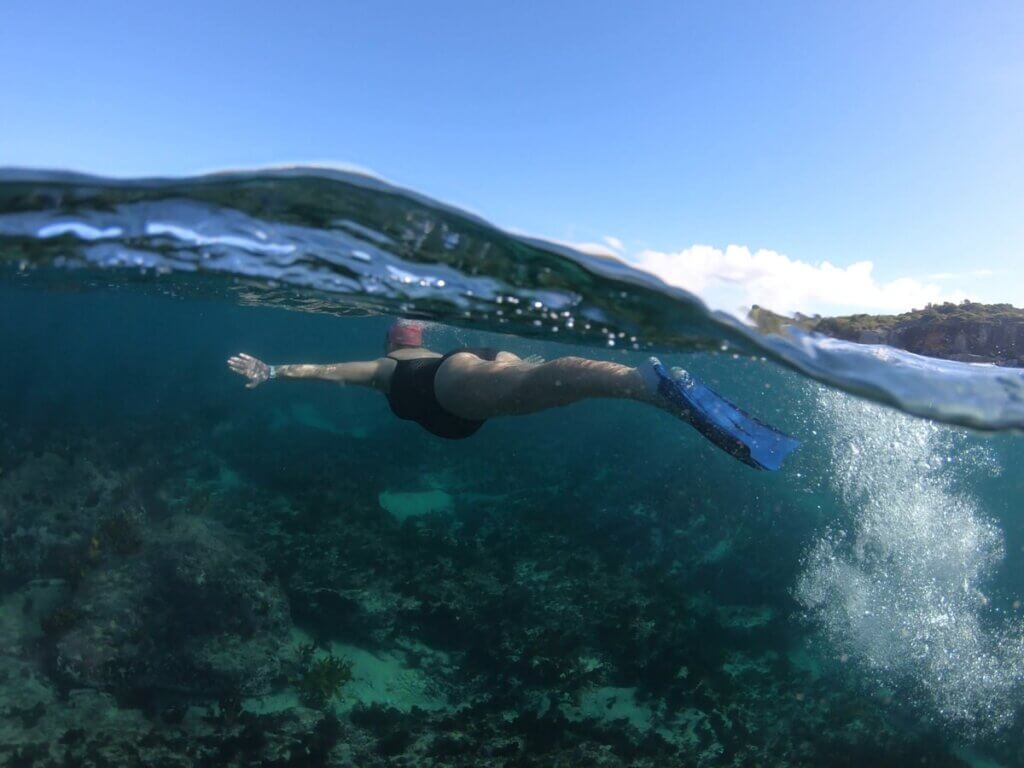They who dive too deep become sheep

In the Public Safety & Aquatic Rescue Training Manual, 35th Edition, there are essentially two pages on surf swimming.
This surf lifesaving ‘bible’ is the foundation of all training for surf lifesavers in Australia and contains nearly 200 pages.
So, what is taught within this 1% of dedicated surf swimming content?
One-third of the teaching is taken up with wading and dolphin diving skills. Yes, these skills will assist with speed through the inshore, but they can also quickly tire out a rescuer.
One-third is dedicated to body surfing. This is a great skill, it’s fun, and it’s a fantastic way to develop surf sense, even if there is no real rescue benefit.
That leaves one-third of the surf swimming content – potentially the difference between getting to those who need help quickly, or not – devoted to negotiating waves.
Given that the specialty of surf lifesavers is surf rescue, this is somewhat strange to me, and I’ve been a clubbie for nearly 30 years.
My biggest bugbear is that the primary technique budding surf lifesavers are taught to negotiate waves while swimming is to dive to the seafloor, dig their hands into the sand and lie there until the wave surge has passed over.
This simplistic skill instruction is not confined to surf lifesaving, you will hear it passed on by the uninitiated like it is gospel, handed down through generations.
Those who have followed my teaching over the last 15 years will know that treating every wave the same and diving as deep as possible is the least effective way to negotiate the surf.
There is a time and a place for this technique; when dolphin diving in the shallow inshore, negotiating shallow sand banks and evading large plunging waves.
However, for the overwhelming majority of the time you’re surf swimming, there will be no reason to dive to the seafloor, let alone take the time to lie down on the sand.
In fact, the average ocean swimmer may never need to bother with this technique. Why? Because most ocean swimmers don’t bother with dolphin diving, nor do they go ocean swimming when the surf is large and dumping.
When swimming out through the waves, your mind should be on treating every wave for what it’s worth, and no more. Getting your timing right and ensuring your streamlined dive is only deep enough to avoid wave turbulence is your absolute focus. In many cases, you will be better off not diving under the water at all.
The less time you spend under a wave the more time you’ll spend swimming through the wave zone, making progress towards ‘out the back’.
If you need further proof that there is a big skills gap between what is being taught to bronzies, or spread unwittingly through the ocean swimming community, and what is the most effective, I suggest you watch a round of the Nutri-Grain Iron Series or Summer of Surf on TV or in person.
There is simply no way top surf athletes are wasting one second longer under a wave than they need to as they race out through the surf. They are consistently choosing the most efficient path through a wave and I guarantee you will be hard-pressed to find any of them taking the time to lie on the seafloor.
They who dive too deep become sheep.





Responses